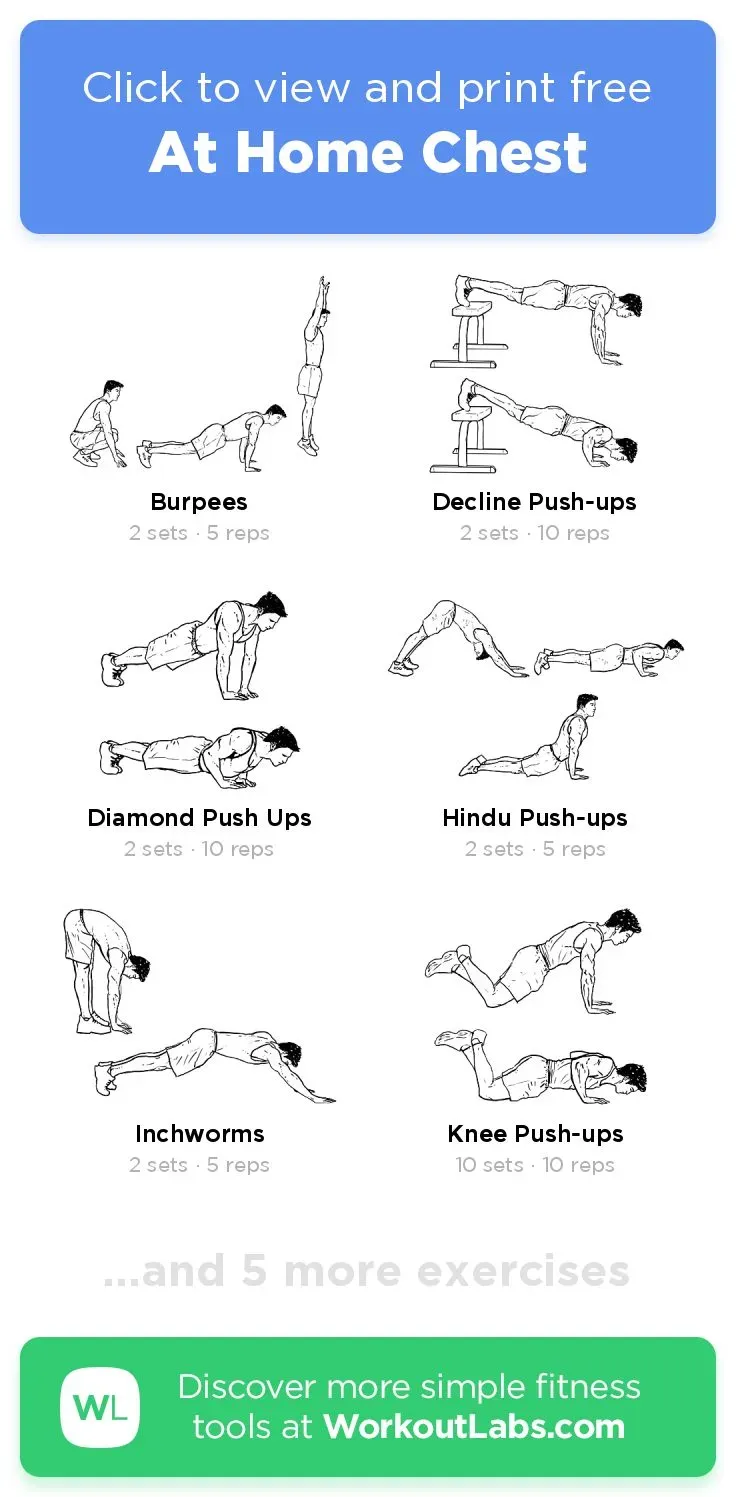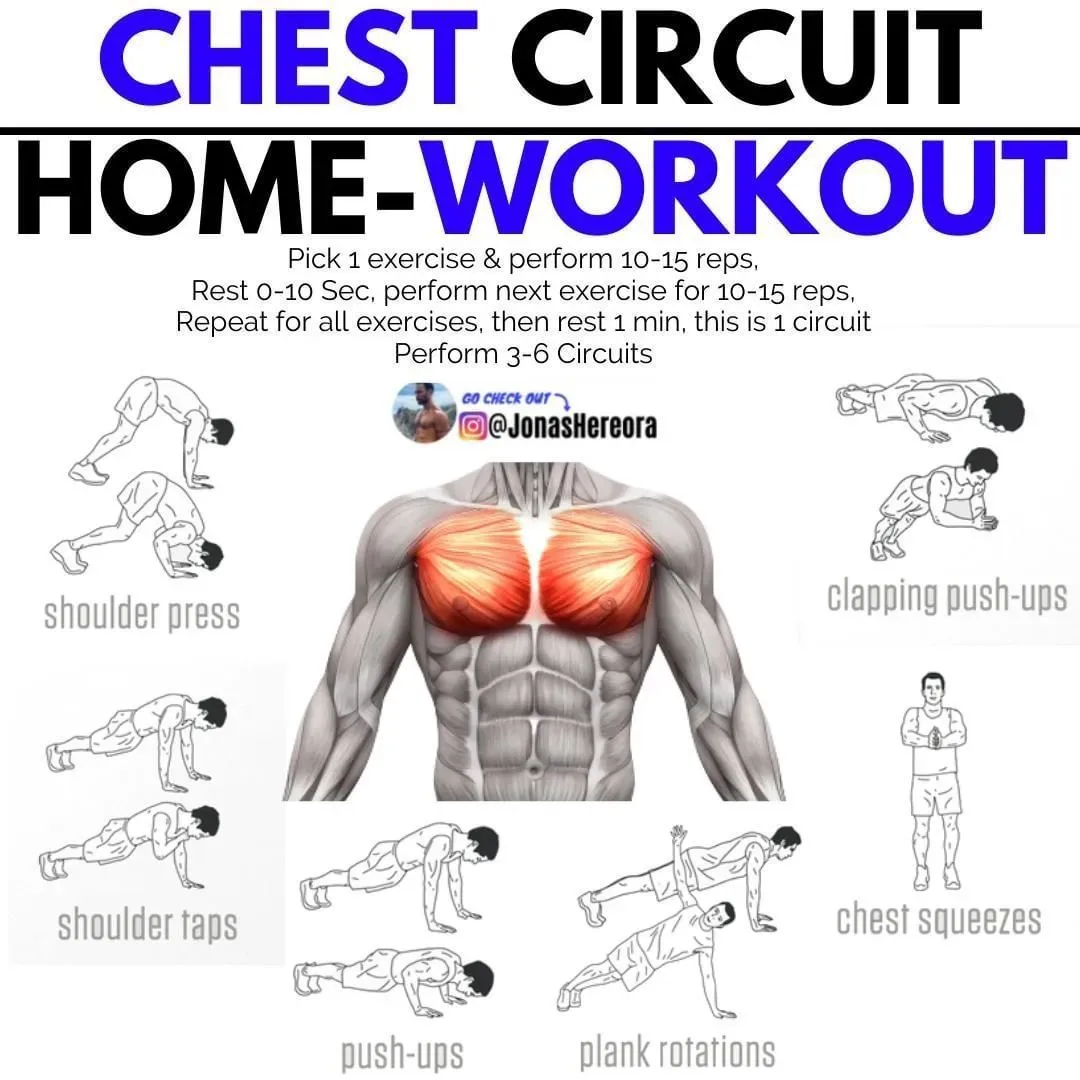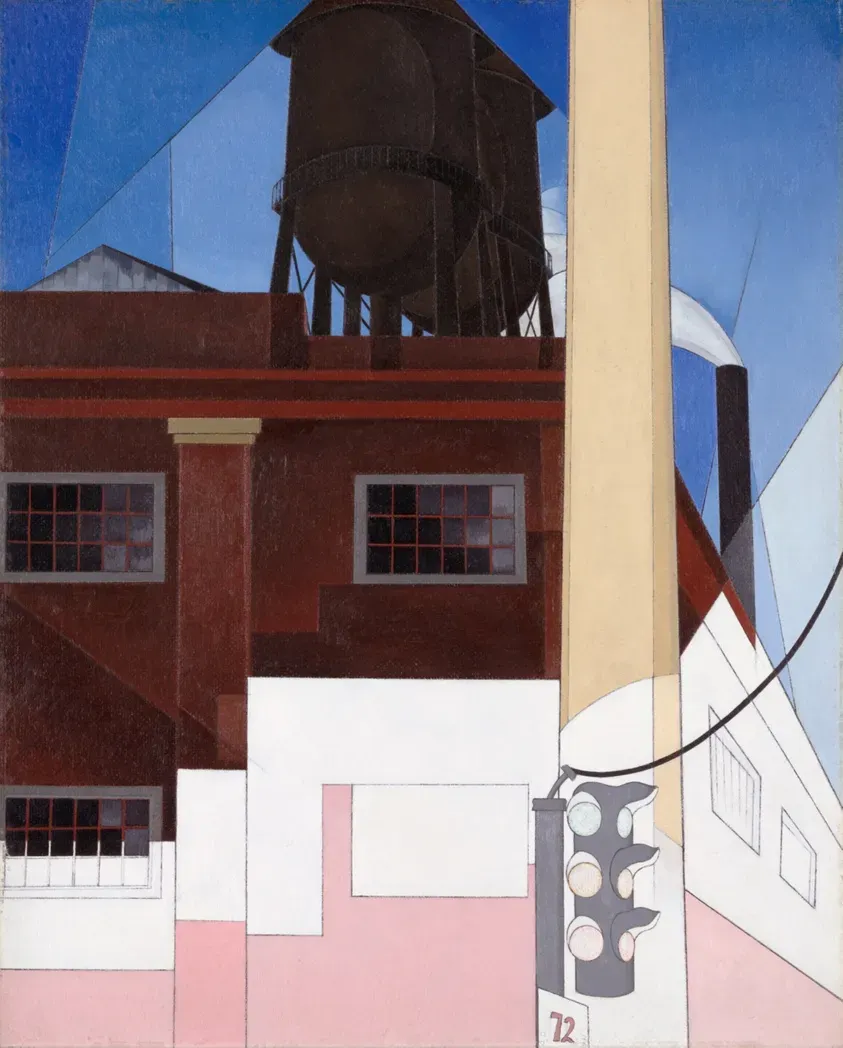Table of Contents
Staring at your living room, maybe thinking, "How in the heck am I supposed to build a decent chest here?" Gyms are great, sure, but life happens. Sometimes you can't get there, or maybe you just prefer sweating it out where your own snacks are. The good news? You don't need a loaded barbell or fancy machines to get those pecs working. A surprisingly effective basic chest workout at home is well within reach, using little to no equipment.
Getting Ready: WarmUp for Your Basic Chest Workout at Home

Getting Ready: WarmUp for Your Basic Chest Workout at Home
Alright, before you drop down and crank out those push-ups for your basic chest workout at home, let's talk warm-up. Skipping this step is like trying to start your car on a freezing morning without letting the engine run for a minute – things are going to be stiff, maybe even sputter. Your chest muscles, shoulders, and elbows need a little heads-up that they're about to work. Think of it as sending a polite memo to your body: "Hey, action's coming! Let's get loose." A good warm-up isn't just about preventing injuries, though that's a big part of it. It also gets blood flowing to the muscles, making them more pliable and ready to perform better during your workout. You'll feel stronger and more controlled from the first rep.
Your Arsenal: Essential Basic Chest Workout at Home Exercises

Your Arsenal: Essential Basic Chest Workout at Home Exercises
warm-up done. Feeling a little looser? Good. Now for the main event: your arsenal for a basic chest workout at home. Forget the fancy machines; your own body weight is often the most powerful tool you have, especially when you're starting out. The beauty of bodyweight exercises is their accessibility and how they force your body to work as a unit, engaging core and stabilizer muscles you might miss on a machine. We're talking the foundational movements that have built strength for centuries. These aren't just exercises; they're your go-to weapons for sculpting that chest right in your living room.
So, what's in this home chest arsenal? The classics, mostly, but we'll look at how to make them work for you:
- Push-ups (the king of bodyweight chest moves)
- Incline Push-ups (easier starting point, targets lower chest)
- Decline Push-ups (hits the upper chest harder)
- Diamond Push-ups (really works the inner chest and triceps)
- Bench Dips (primarily triceps, but assists chest)
Leveling Up: Variations on Your Basic Chest Workout at Home

Leveling Up: Variations on Your Basic Chest Workout at Home
Adding Intensity and Variety
so you've nailed the basic push-up variations and you're feeling pretty solid with your basic chest workout at home. What happens when those feel a bit too easy? This is where we start playing with intensity and variations to keep challenging those muscles. Think of it like adding spices to a simple meal – same core ingredients, totally different flavor and kick. You don't need a weight rack to make things harder; you just need to get creative with leverage, time under tension, and movement patterns. This is where the real fun of calisthenics for your chest begins, pushing past the simple up-and-down.
Putting It Together: Designing Your Basic Chest Workout at Home Routine

Putting It Together: Designing Your Basic Chest Workout at Home Routine
Structure Your Sweat Session
Alright, you've got the moves down for your basic chest workout at home.
Now, how do you actually put them together into something that makes sense and delivers results?
Think of it like building a LEGO set – you have the bricks (exercises), but you need instructions (the routine) to get the cool spaceship.
Consistency is king here.
Aim for 2-3 chest workouts per week, allowing a rest day in between for those muscles to recover and grow.
Don't hammer your chest seven days a week; that's a fast track to burnout, not gains.
For each exercise, think in sets and reps.
A good starting point is 3 sets of as many reps as you can do with good form, stopping a rep or two shy of complete failure.
If you can easily do more than 15-20 reps, it's probably time to move to a harder variation or technique.
Listen to your body; some days you'll feel like Superman, others maybe more like Clark Kent before the phone booth.
That's normal.
Mix and Match Your Moves
Now for picking which exercises to do in your basic chest workout at home.
You've got a solid list: standard push-ups, incline, decline, diamond, maybe even dips off a sturdy chair.
You don't need to do all of them every single time.
A smart routine mixes a few key movements to hit the chest from slightly different angles.
Maybe start with a foundational move like standard push-ups, then follow up with an incline variation if you're a beginner, or a decline if you want more upper chest focus.
Diamond push-ups are killer for the inner chest and triceps, so slot those in if you want that extra squeeze.
The goal isn't just to do exercises; it's to structure them so you can progress.
Once 3 sets of 15 standard push-ups feel easy, don't just do 4 sets of 20.
Switch to decline push-ups, or try isometric holds, or slow down your reps.
That constant challenge is what forces your muscles to adapt and get stronger.
Here's a sample routine to get you started:
- Warm-up (5-10 minutes: arm circles, shoulder rotations, light plank)
- Incline Push-ups: 3 sets, as many reps as possible (AMRAP) with good form (Aim for 10-15 reps)
- Standard Push-ups: 3 sets, AMRAP (Aim for 8-12 reps)
- Knee Push-ups (if standard is too hard) or Diamond Push-ups (if standard is too easy): 2 sets, AMRAP
- Plank: 3 sets, hold for 30-60 seconds
Beyond the Basics: Consistency and Progress in Your Home Chest Training

Beyond the Basics: Consistency and Progress in Your Home Chest Training
Showing Up is Half the Battle ( Maybe More)
You've got the moves, you've got a plan for your basic chest workout at home, now comes the part where most people stumble: actually doing it, consistently. Look, motivation is fleeting. There will be days you'd rather binge-watch questionable reality TV than drop and give me twenty. That's normal. The real magic happens when you show up anyway. It's not about crushing every single workout; it's about making it a habit. Two or three times a week, scheduled like a doctor's appointment you can't miss. That steady effort, week after week, is what builds muscle, not just the perfect routine done sporadically. Think of it as chipping away at a block of marble – small, regular taps are more effective than one giant, infrequent whack.
Tracking and Tweaking Your Home Gains
Alright, you're showing up, you're doing the work. But how do you know if you're actually getting stronger from your basic chest workout at home? You track it. A simple notebook or a note on your phone will do. Write down the exercises you did, how many sets, and how many reps for each. If you did incline push-ups for 3 sets of 10 this week, and next week you manage 3 sets of 12, guess what? You're progressing. When an exercise starts feeling too easy – say, you can comfortably do more than 15-20 reps with good form – it's time to make it harder. Don't just add more reps indefinitely; change the stimulus. This is where those variations we talked about come in, or maybe slowing down the eccentric (lowering) part of the push-up. Constant, small challenges keep the muscles adapting.
- Increase reps per set (once form is solid).
- Add another set.
- Move to a harder exercise variation (e.g., from incline to standard, or standard to decline/diamond).
- Slow down the tempo, especially the lowering phase (eccentric).
- Pause at the bottom or top of the movement (isometric hold).
- Decrease rest time between sets (carefully!).
Your Home Chest Training Wrap-Up
So there you have it. Building a solid chest doesn't require a trip to a crowded gym or dropping serious cash on equipment. A basic chest workout at home, done consistently with proper form, can absolutely deliver results. We've covered getting warm, the core moves, and how to put them into action. It's less about the fancy gear and more about putting in the work, right where you are. Stop overthinking it, pick a few exercises, and get after it. Your chest will thank you, and you didn't even have to wait for a bench.
